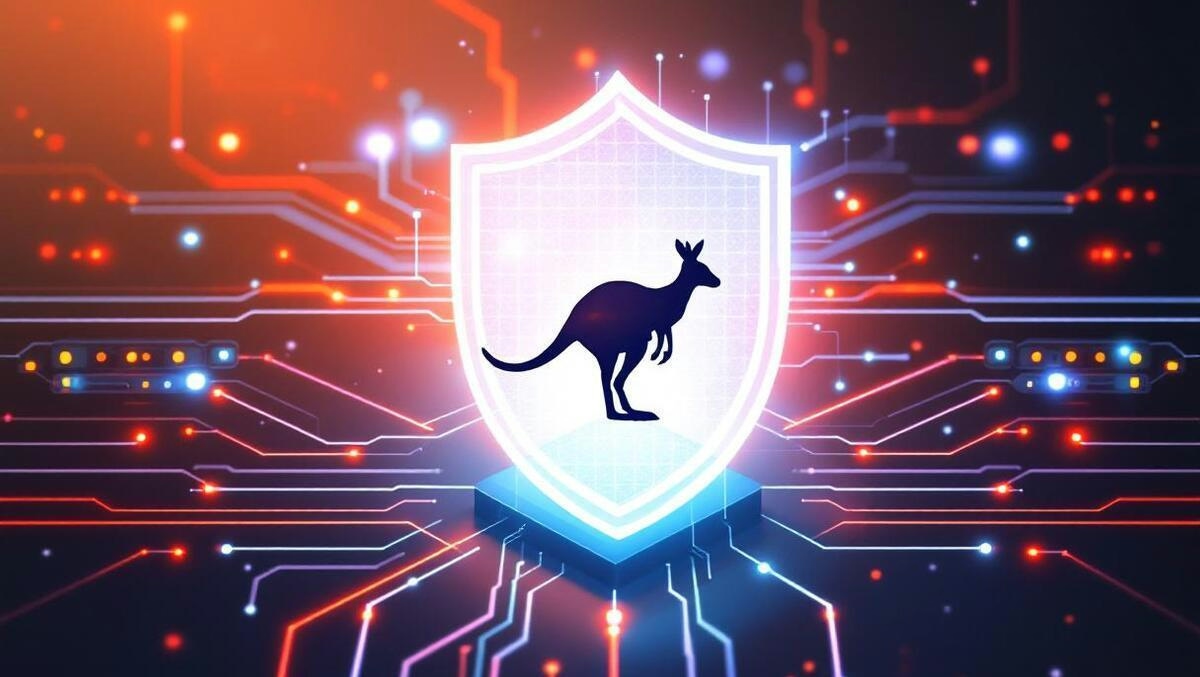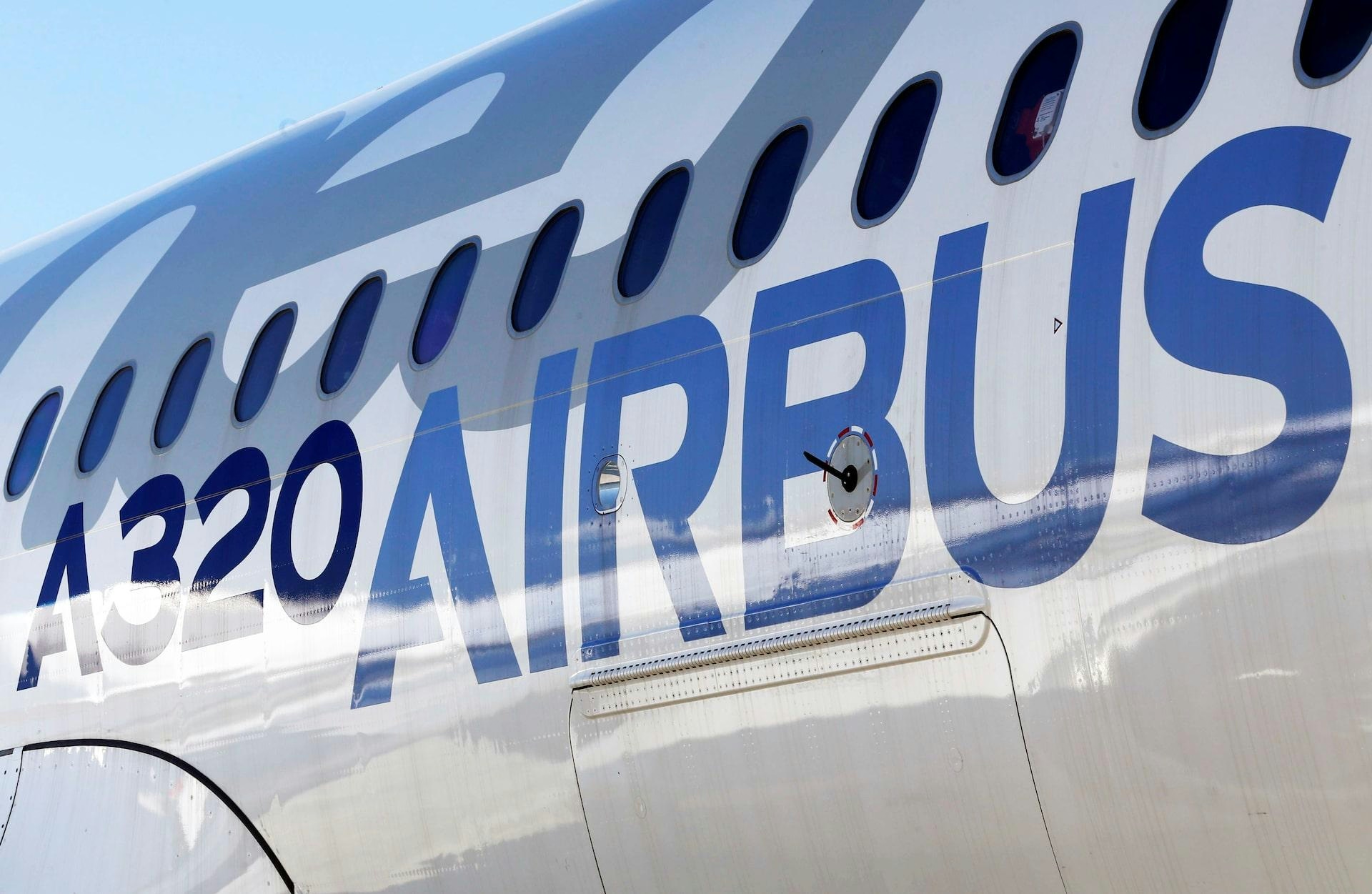
AeroGenie – Ihr intelligenter Copilot.
Trends
Categories
Qantas Cyberattack Underscores Supply Chain Security Risks

Qantas Cyberattack Highlights Growing Supply Chain Security Vulnerabilities
A significant cyberattack targeting Qantas has reignited concerns over the susceptibility of organisations to data breaches originating from third-party suppliers. The breach, reportedly linked to a compromised subcontractor’s system connected to Qantas’ customer contact centre, underscores the increasing threat posed by third-party cyber risks. These risks now account for the majority of data breaches across Australia, prompting businesses nationwide to reevaluate the robustness of their digital supply chains.
Industry-Wide Impact and Response
The fallout from the Qantas incident has extended beyond the airline sector, influencing both public and private organisations. Victoria Police, for instance, has renewed its IT support contract in direct response to the heightened urgency surrounding cybersecurity resilience. This breach is part of a broader pattern of attacks affecting companies such as UNFI, WestJet, and Hawaiian Airlines, all of which have experienced operational disruptions and intensified cybersecurity challenges. In light of these events, competitors have accelerated efforts to strengthen security protocols and conduct thorough investigations into their own supply chain vulnerabilities. This trend reflects a growing industry-wide recognition of the risks embedded within increasingly complex digital ecosystems.
Ben Le Huray, Solutions Architect Team Leader at Ingram Micro Australia, emphasised that cyber resilience must extend beyond an organisation’s internal defences. He noted that even with robust internal security measures, exposure remains if a supplier is compromised. Le Huray advocates for integrating third-party risk management into core governance frameworks, recommending that organisations meticulously map vendor access, rigorously assess supplier security credentials, and embed supply chain monitoring within their overall cybersecurity strategies. He further stressed the importance of regular security audits, proactive incident response planning, and leveraging current threat intelligence to identify and mitigate risks before they escalate.
Le Huray also highlighted the legal and reputational consequences organisations face when breaches originate from external partners. Recent cyber regulations impose mandatory reporting requirements on ransom payments, with severe penalties for non-compliance. “Even if an external partner is the source of a breach, the consequences are still yours to manage,” he warned.
Louise Hanna, General Manager at Excite Cyber, echoed these concerns, underscoring the necessity for third parties to adhere to the same stringent security standards as their clients. She pointed out that while many organisations are fortifying their own systems, it is equally critical to ensure that essential service providers maintain robust protections to prevent data compromise.
Aviation Sector’s Unique Challenges and Strategic Recommendations
Kash Sharma, Managing Director for ANZ at BlueVoyant, highlighted the aviation industry’s particular vulnerability due to its complex digital supply chains. Describing the Qantas breach as a “stark reminder of the growing cyber risks facing the aviation sector,” Sharma noted that the industry is already grappling with workforce shortages, economic pressures, and geopolitical tensions. He explained that cybercriminals are increasingly exploiting systemic weaknesses within sprawling supply chain networks that often lack comprehensive security governance.
Sharma referenced guidance from the International Civil Aviation Organization, which identifies insecure supply chains and digitised operations as primary risk factors for cyberattacks in aviation. He warned that attackers now employ customisable, AI-powered toolkits capable of executing sophisticated intrusions targeting sensitive passenger data, including names, contact information, and frequent flyer details. To counter these threats, Sharma urged organisations to prioritise supply chain security by clearly defining vendor responsibilities and adopting internationally recognised frameworks such as ISO27001 and NIST 2.0.
While welcoming the Australian government’s AUD $6.4 million investment in sector-wide threat sharing initiatives, Sharma emphasised the necessity for sustained and coordinated efforts to effectively address the evolving cyber threat landscape confronting the aviation industry.

ASKY and TAAG Angola Airlines Establish In-House MRO Facilities to Support Fleet Expansion

Airbus to Release Audited 2025 Orders and Delivery Data on January 12

Lufthansa Celebrates 100 Years of Aviation Innovation

Comply365 Acquires MINT Software Systems

Boeing Names Fahad Al Mheiri Vice President for Middle East and North Africa

McNally Capital Acquires PT6A MRO Specialist ATS

Advances in Defense Aviation and Their Impact on Global Air Travel by 2026

Airbus and Air China Confirm Order for 60 A320neo Aircraft Valued at £9.53 Billion

Dubai’s 2026 Plans: Key Developments from Flying Taxis to the Year of the Family
